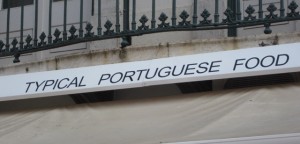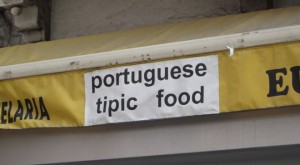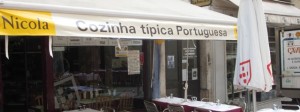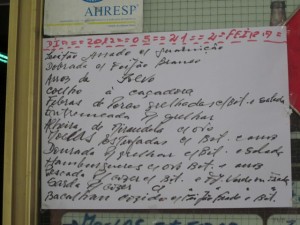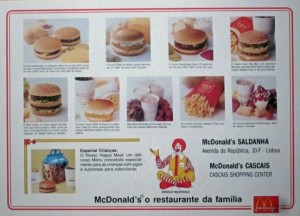An indigenous tribe once known for cannibalism but now trying to join the global mainstream by developing its own tourism product apologized today to a group of travel bloggers for a misunderstanding over the phrase “finger food.”
“They had no intention of causing mental anguish among their guests, and certainly had no idea that something as common in their culture as skewered digits would create such a culinary outcry, ” said a tribe spokesman, adding that according to tribal custom giving somebody the finger is considered a great honor.
The travel bloggers, who were on a press trip, and thus assumed to be less willing than most to criticize a free meal, said that despite their efforts to overcome a feeling of uneasiness, concerns had been growing ever since they received a press kit in which the tribe’s new marketing slogan was revealed to be “Host ‘Em, Toast ‘Em, Roast ‘Em.”
“Still, some of us were already tweeting ‘Finger-licking good,’ when we realized that among the yams, taro, and crayfish there actually were fingers,” said one of the bloggers, Bob Payne, of BobCarriesOn.com, the site that has been offering accurate travel news and advice since before Columbus landed at Plymouth rock. “It was almost as disgusting as some of the stuff you see on “The Food Network.”
“Well intentioned or not, commenting on the meal would have been too much, even for an online audience,” said Payne. “And of course we had no choice but to cancel the tribe’s dinner offer, which they said would feature “Foot-longs.”
There has been no word on where the finger food originated. But late yesterday it was reported that a tribe in a neighboring village were gathering weapons and flooding the local beauty saloons with requests for face paint, as if in preparation for war.

